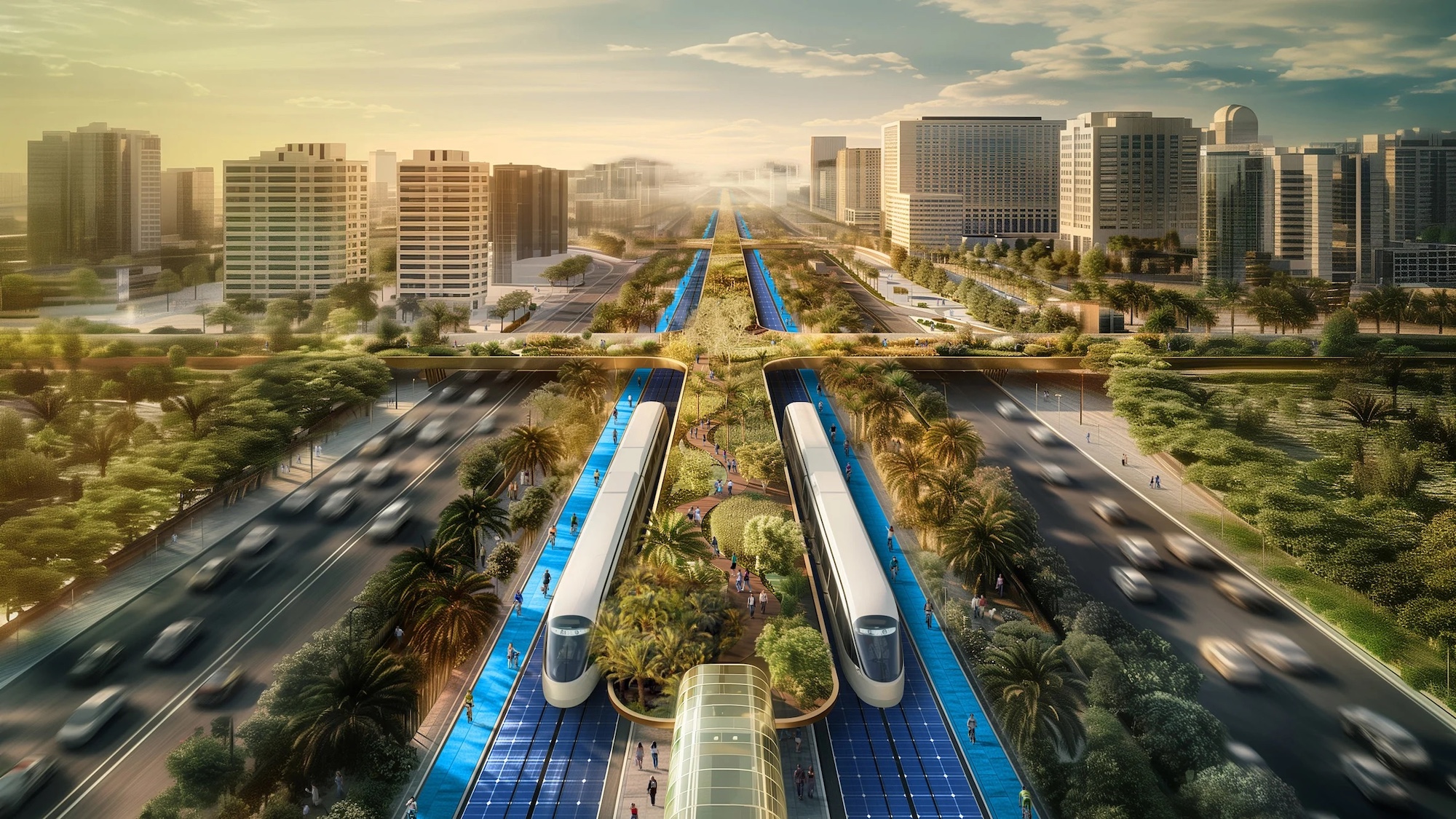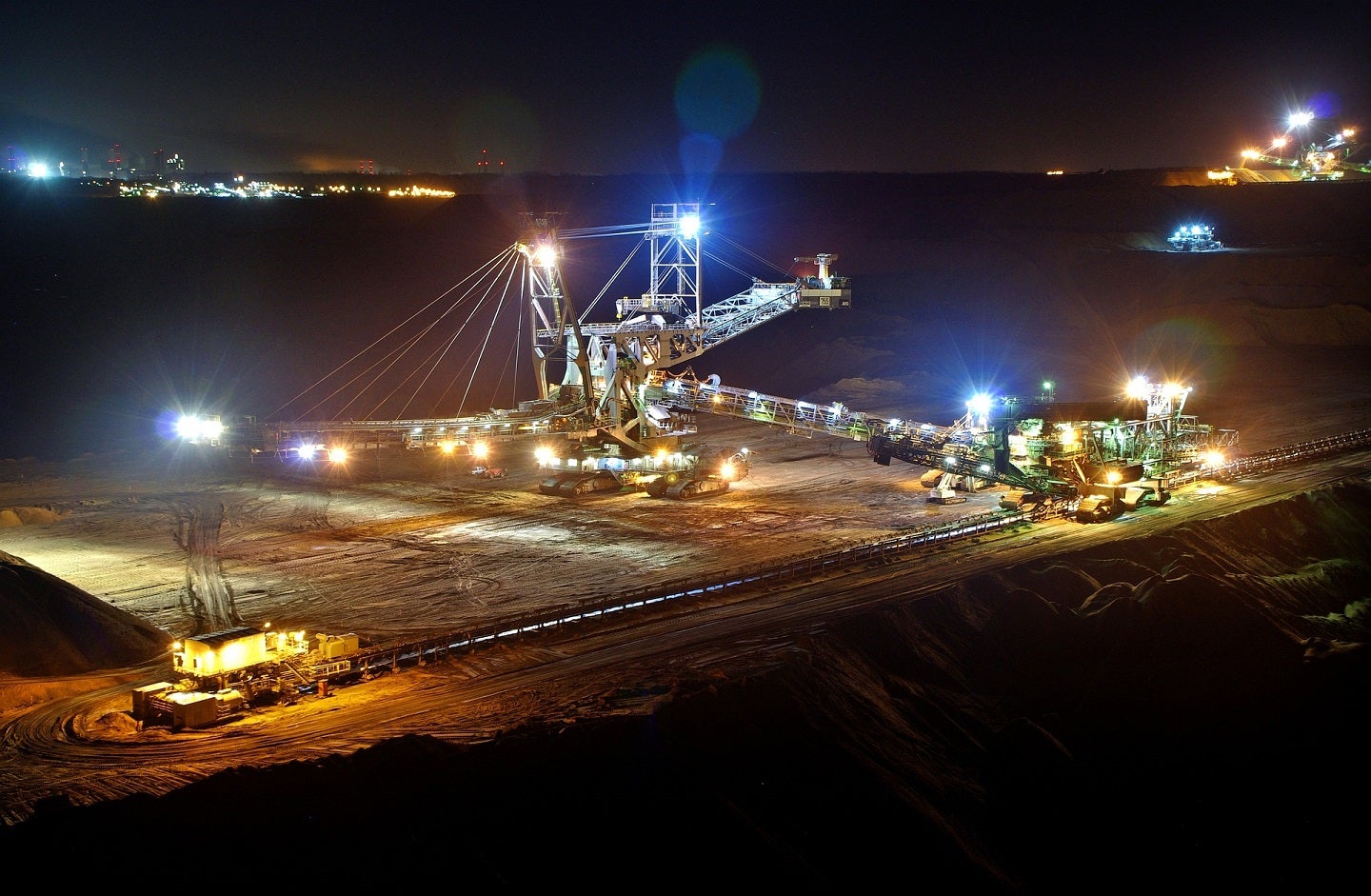FourKites provides end-to-end, real-time supply chain visibility for more than 3.2 million daily shipments. Founded in 2014, the company has over 500 employees, based in offices in the United States, Europe, and Asia. It works with more than 1,500 customers, including 3M, Bayer, and Kimberly-Clark.
McKinsey spoke with FourKites founder and CEO Matt Elenjickal about ongoing disruptions to supply chain infrastructure, such as the slowdowns at the Panama and Suez Canals. The discussion touches on the value of digital simulations, the knock-on effects of the nearshoring trend, and the promise of generative AI (gen AI). This conversation has been edited for length and clarity.
McKinsey: Is there a playbook emerging for shippers, carriers, intermodal providers, and other companies to work from when a major supply chain disruption occurs? Or are the differences between situations nuanced enough that companies have to essentially start from scratch whenever a disruption arises?
Matt Elenjickal: There is no specific playbook that you can deploy when these disruptions happen. They’re all happening at different places, and the impacts they have on shipping lines and shipping routes are very different. But there are some foundational elements that could—if companies can adopt them—help mitigate some of these supply chain shocks.
First, it’s determining which data elements you need for nimble decision making. That starts with having a very clear picture of your end-to-end supply chain; if you are an importer or exporter, you need to know exactly what is happening at the supplier level. In-transit visibility is also extremely important. And finally, it’s about knowing how much inventory you have across all your locations—including inventory levels at co-packers and transport facilities. Having a full picture of what is happening in your network is critical when these disruptions happen so you can quickly adjust and adapt.
I was recently at a customer site. During my visit to its control tower, the customer noticed that inventory levels of a particular SKU at one location were decreasing. The customer was able to quickly and proactively reroute that SKU from another location. But to take actions like this and prevent stockouts, you need to have visibility at a very granular level across your supply chain.
Another way to mitigate these disruptions is by using simulations. It’s worth simulating how a disruption at any one of the major nodes in your network might affect your supply chain. Take ports of entry, for example. The infrastructure in North America is mostly one set of entry ports: Los Angeles, Long Beach, Seattle, Georgia, New York, and Norfolk/Baltimore. Whether it is weather-related disruptions, labor disruptions, or in-transit disruptions, it’s possible to run several simulations using historical data and a forecasting system that paints a comprehensive picture of potential downstream scenarios.
McKinsey: Based on your experience, are most customers’ supply chains digitized at this point?
Matt Elenjickal: Definitely not. I was with another customer yesterday—a large multinational company—and it’s still doing ocean bookings manually by going to the carrier websites. Imagine doing that 10,000 times a day across all the different divisions. That is one end of the spectrum, in terms of a lack of digitization. On the other end of the spectrum, there are customers that are fully automated, with all the different pieces of information flowing across the system until the cargo is delivered at the right door.
I would say the majority of the customers and prospects that we talk to are on the less sophisticated side, especially when it comes to ocean shipping. Part of the challenge is that it’s a very complex process. You have to send a booking request, get the confirmation, send the shipping instructions, wait for the vessel schedule, coordinate a truck, deal with customs. . . . We have done an analysis showing almost 20 different steps to move a single piece of cargo from point A to point B. And all of these are done manually right now, often involving a freight forwarder in between a shipper and a receiver.
There are a lot of opportunities to automate and digitize. And there are a lot of opportunities to collect all this data into one single pane of glass that lets a company be on top of its game. That’s the biggest area where we are helping our customers and the biggest area they can improve to better manage disruptions.
McKinsey: There’s a lot of talk right now about making supply chains more resilient. Are your clients now factoring shipping routes into these considerations? Is it no longer just about where to source things from, but also how to move them between locations?
Matt Elenjickal: Absolutely. Right now, there’s a lot of conversation about moving manufacturing facilities. And the subsequent question is, “How is that going to affect the optimization of the network within my supply chain?”
A lot of companies from the Far East, for example, are starting to pursue nearshoring by setting up operations in Mexico. And that is likely to eventually create bottlenecks at the border between the United States and Mexico. So we’re having discussions around how we can create better visibility, especially at the choke points. We can track a truck or a railcar every 15 minutes, but if it’s stuck at the Laredo Bridge at the border point in Texas, then it’s of no use. We have to be able to predict when that truck or railcar is going to cross the bridge and then clear through customs.
This is affecting how companies are designing their supply chain networks. These things need to be incorporated into the planning process.
McKinsey: If you could wave a magic wand and change one or two things that would substantially improve supply chains or people’s ability to respond to logistics disruptions better, what would you do?
Matt Elenjickal: I would say two things. The first is making sure that data is available across all parties in a seamless fashion. I can give you an example: when you talk to ocean carriers or steamship lines, many times they all feel like it’s their data and they’re hesitant to share their data across all the parties to make supply chains better. But supply chains are interconnected by nature, and sharing this data could create significant value for everyone involved.
Facilitating seamless data sharing across all the different parties could ease a lot of pain and help companies deal with disruptions in a better fashion. I know organizations like DCSA [Digital Container Shipping Association] are trying to do that. But a lot more work needs to be done in creating standards and making sure everybody is incentivized to share data, instead of viewing it as their own data to monetize.
The second thing is I wish that IoT [Internet of Things] devices could become more affordable. Right now, everybody is scrambling to use AI and machine learning to infer a lot of data points, because of the lack of universally available data from easy-to-grab sources. The North American trucking market mandates the use of electronic logging devices, which create a lot of data that’s available to companies. And at least one ocean carrier is using IoT devices to create smart containers. But the cost of IoT devices is still too prohibitive to allow them to have a network-wide impact. If that cost came down, then there could be a lot more high-quality data that could digitize the physical supply chain and ease the pain that many of us are facing these days.
McKinsey: What do you see as the biggest change affecting your business over the next decade?
Matt Elenjickal: Everything changed when gen AI came into the picture. Unlike some previously hyped technologies, large language models and gen AI have significant potential in our business. I would say the biggest opportunity that we see is to simplify the user experience in the B2B software space.
B2B applications require people to be trained. You have to apply filters, look at the data, export the data, do your analysis, and run reports. I wouldn’t say it is cumbersome, but it’s not like going to Amazon and having that B2C experience. Gen AI can simplify the user experience so that, essentially, you can put anybody in front of an application and, as long as they can ask intelligent questions, they can get their answers—because all the computation will be done behind the scenes. There will also be more use cases the software can solve for, because it will be able to look at multiple sources of data and synthesize intelligent answers. It feels like we are just getting started with all the potential that it has for us.



